There’s plenty of routine and repetition in photography. The sequences we all run through; film shooters – loading the roll, the cocking of the wind on lever. Digital photographer – setting our menu layouts to ease lessen the creative load on our minds, selecting one of a dozen or more modes to shoot in, through to the shared routines all photographers experience- adjusting the framing through viewfinders or ground glass, adjusting for the desired exposure and, if we’re feeling so inclined, changing the lenses on our chosen tool.
I’m barely scratching the sequence of routine that’s intrinsic to this pastime – hell, I’m sure this is what comforts us through the smoke and mirrors that’s life. Or, adds to the illusion by affording us control.
I thought I was in for some more 135 shooting therapy when I received a gift of different film stocks I’d not tried. Routine, lock, load, wind and shoot. It sure was for the first couple of rolls, then I came to load some Lomography Potsdam 100…
A Butterfly Flaps It’s Wings, Tornado’s in Lomography…
Lomography as a photographic movement is tied to a period close to my start in the world, and during a time when the doomsday clock could be said to be ticking closer to midnight thanks to the cold war. It was routine for the West and East to be trading in secrets and propaganda, often fuelled by the hobby myself and fellow 35mmc readers engage in. The chain here is that the Lomographic Society International came about all because Russia’s optics were focused on how to one-up the West, as the tail end of the cold war began – the LC-A and the group of young Viennese students who encountered it leading to a stranger example of the ‘butterfly effect’, still leaving ripples today for me to discover.
I’ve shot Lomography before, and love their Lomopurpl e- the creative effects intended are highlights to the mundane and otherwise.
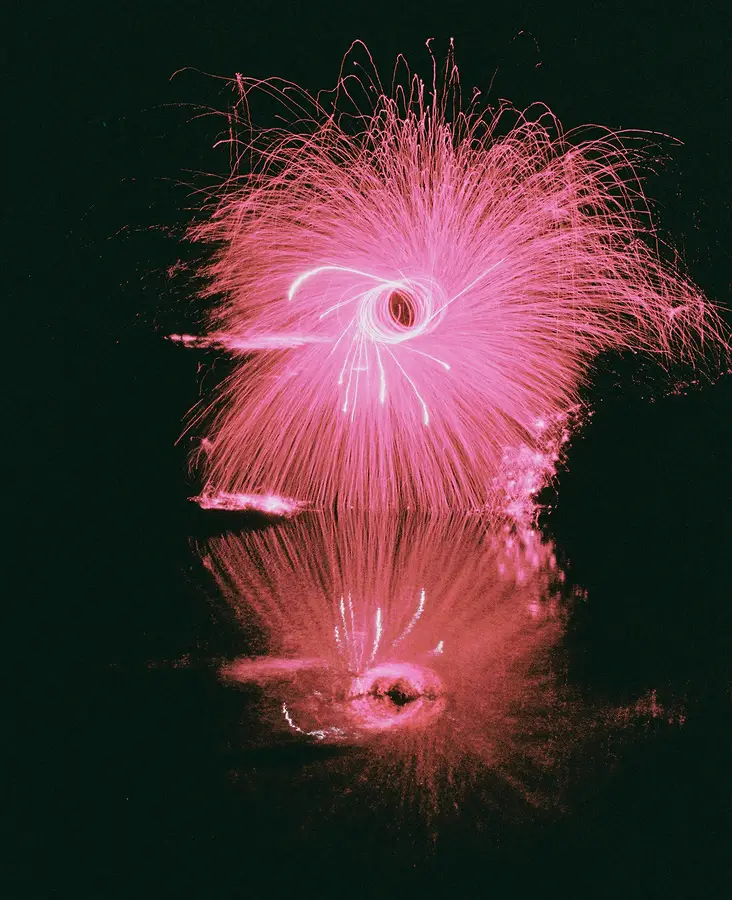
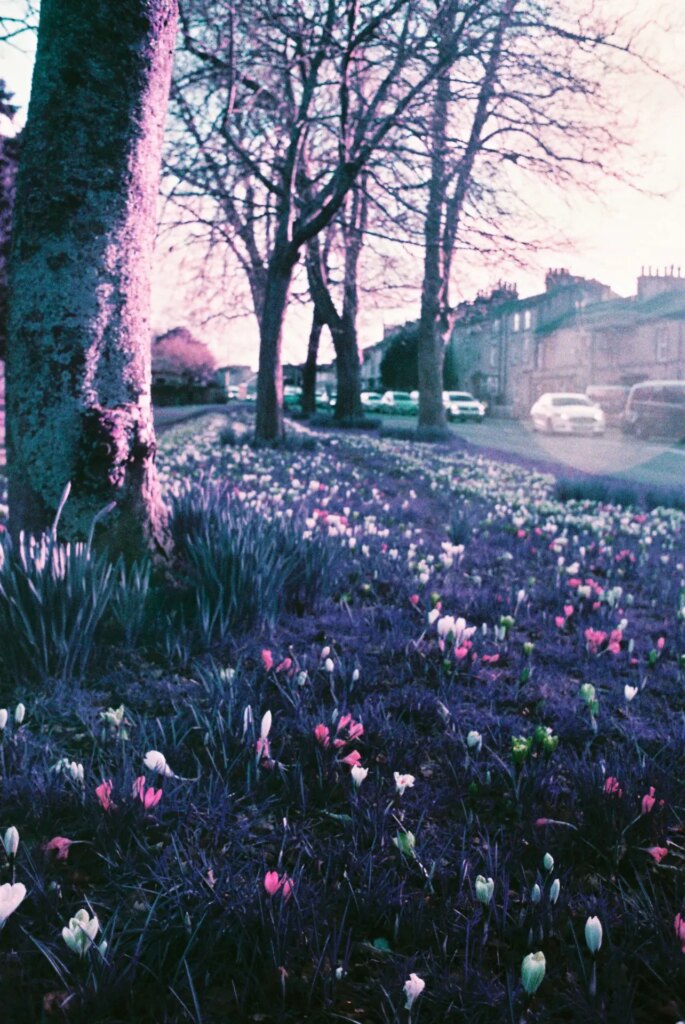
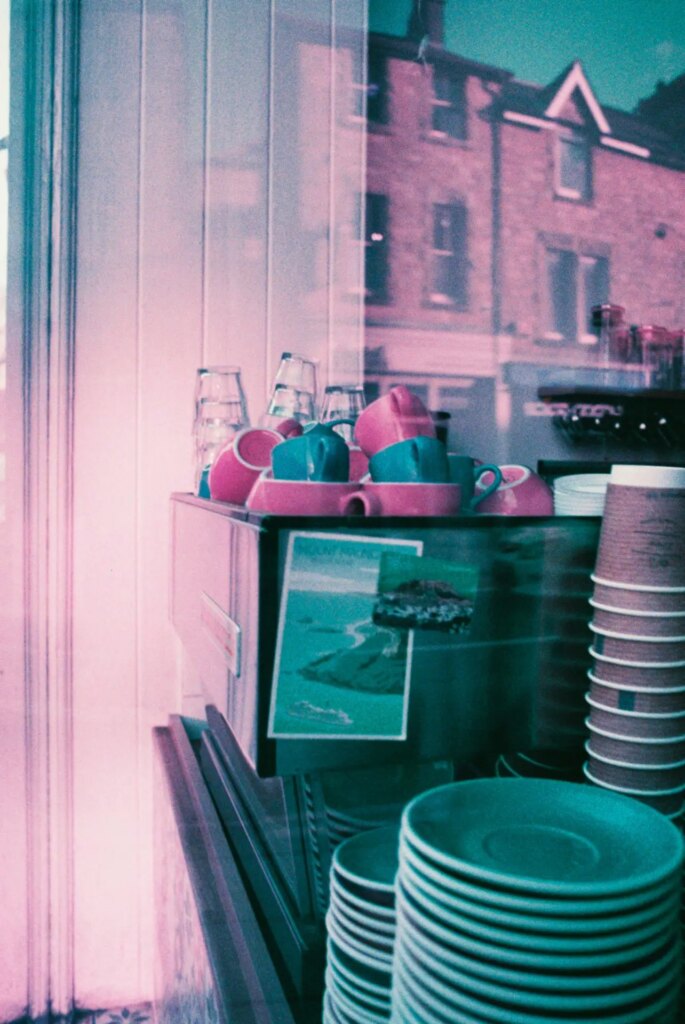
I didn’t get to discover this effect of the peculiar coincidence – caused by a Russian tweaked camera, discovered by Viennese students thousands of miles away, leading to the modern development of artistic happenstance most who get into photography know thanks to their namesake, until I sent the film for scanning and development.
Ghosts Appear.
Below is the whole roll.
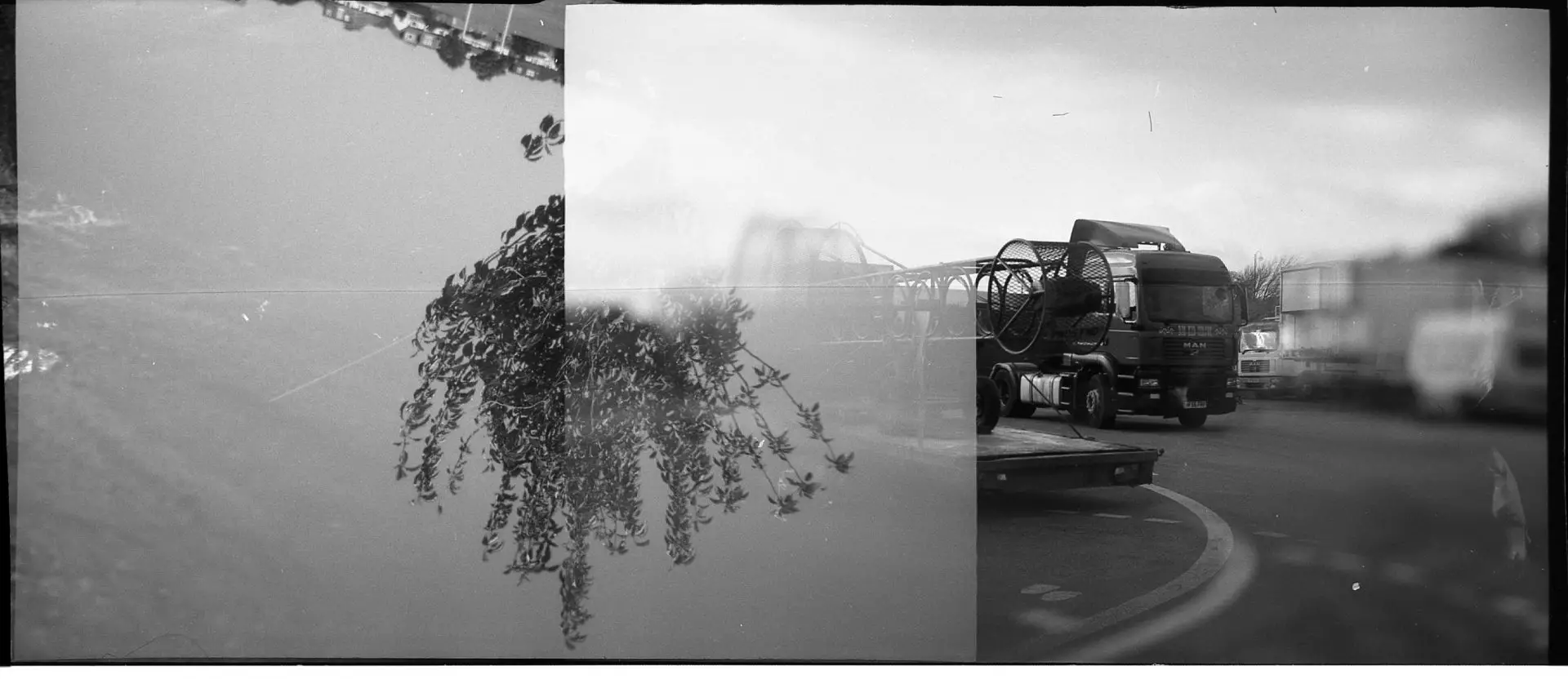
Who were these faces?

Where did these photo’s get taken?

When did the moments happen?

What did the memories within these frames mean to the person who took them?

How did I come to shoot a brand new unexposed film from the factory and capture people and events I’ve no memory of?

I’ve thoughts on this; perhaps a mischievous employee decided to throw some random creativity into the mix, I can’t help but think of the traveling garden gnome from the film ‘Amelie’. Perhaps it was a mix-up? Maybe a customers exposed roll making its way by accident into my order?
Realistic options right? I’ve only managed to find one other article citing this happening.
Looking Through The Other Side.
In the spirit of the Lomographic Society International, the double-exposures worked out well overall – not all, but nothing drastic. Again, happenstance at work as I had no idea to adjust my exposure as I thought it was a ‘new’ film. To me, this lends something of the magic I wanted to gather when stepping towards film photography.
I’d like to hope, perhaps if Lady Luck wants to continue letting that butterfly flap its wings, the original photographer of the first exposures will stumble upon this article and reach out. There’s clearly personal and potentially important moments in these shots, family moments that can mean more than I could know. Good times with friends who’s next meeting is a lifetime away.
Or they could just be random snapshots with nothing more considerate than aiming the camera.
Stranger things I’m sure others have seen in photography, stranger rolls I’ve yet to encounter.
Wes.
Share this post:
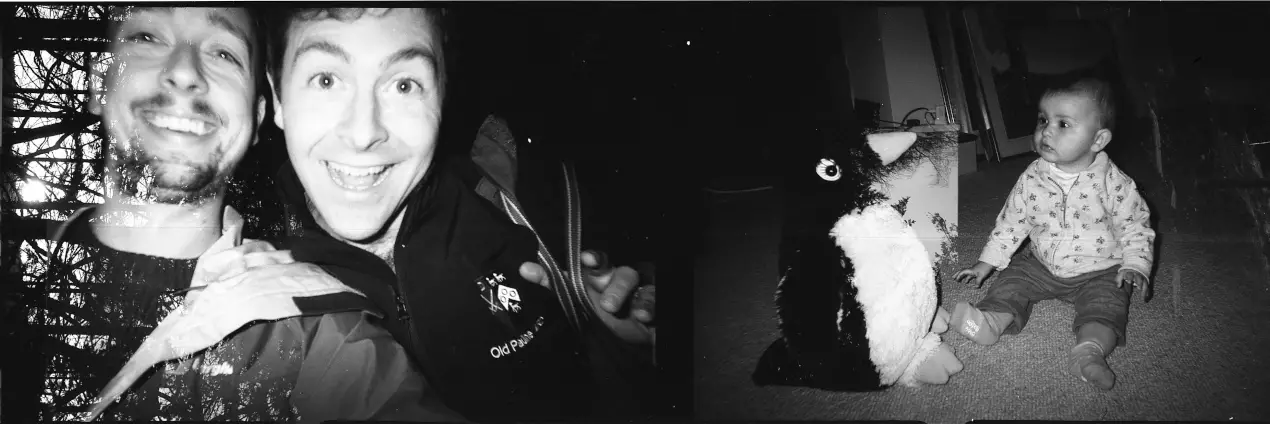








Comments
Gary on Stranger Rolls – Creative Chaos to Break the Routine – By Wes Hall
Comment posted: 25/06/2022
Comment posted: 25/06/2022